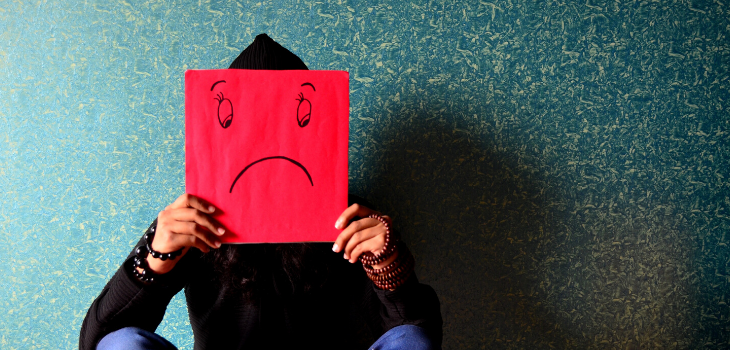
First off I would like to mention that this article is a VERY delicate topic to talk about. If you feel in any sort of way that you may be dangerous to your own well being, please let someone know. If you are feeling suicidal or want to do damage to your body, please contact the following hotlines. You can text CONNECT to 741741 or call 1-800-273-8255 to speak to the National Suicidal Prevention Lifeline.
What is self harm?
Self harm or self injury IS intentional and if done too much, can lead to suicide. People often use self harm as a getaway from emotional pain from life issues they may be facing.
“The thing is that this can distract you only for a bit. After a while you return to where you were and get the urge to do it all again.” – Anonymous Former Self Harming Teen
Where does self harm originate from?
It’s actually not known how exactly self harm began because it has been around for as long as us humans have been around. It exists all over the world indiscriminate of socio economic background, race, or culture.
If you are worried about someone that you know, you may be able to clue in by noticing symptoms like:
- Spotting cuts/scars/bruises anywhere on the person’s body
- Wearing baggy or loose clothing (generally to cover up even in hot weather)
- Finding razors, scissors, lighters, knives in weird places
- The person spends a long time locked up in the restroom or bedroom
- Avoiding others and becoming distant
- Expression of self anger or self disgust
- Blood stains
Common reasons people begin to self harm are:
- To cope with guilt, sadness, emptiness, rage, etc.
- Release pain, tension or feelings that can’t be put in words
- Distract yourself from overwhelming situations
- Make you feel something other than numb
What does self-harm look like?
There are many many ways to perform self injury, but the most common ways are:
- Scratching/pinching
- Cutting
- Object impacts
- Sticking objects in the skin
- Preventing a wound to heal
- Burning
- Hair pulling (trichotillomania)
- Ripping the skin
- Impacting oneself
- Swallowing poisonous things/objects
There are also less obvious ways of putting yourself in danger intentionally too, such as over-drinking, driving recklessly, over use of drugs, excessive spending and unprotected sex.
How to prevent self injury
Self harm is very dangerous. It may feel like it helps but that’s only temporary. It is more seen in adolescents, but anyone can be going through this.
Preventing self harm includes:
- Talking to someone: counselors, teachers, friends, parents, siblings or anyone you can trust in.
- Identify triggers: take a look at what feelings make you want to hurt yourself, and let them go. Don’t overthink about them and replace them with other emotions.
- Find new coping techniques: drawing, scribbling, writing, listening to music, showers/baths, cuddling with your pet, warm blankets, massages, calls, online chat, etc.
- Professional therapists and counselors who make you feel comfortable and do things at your own pace.
This delicate situation is so important nowadays, and everyone needs to keep an eye out for each other. Harming yourself may seem like the only way out, but it’s not. I am glad to be able to speak and listen to anyone going through this or anything that makes their life impossible.
Give me a call if you have any more questions and know that it does get better!
About Peek Counseling
Counselor Katie Bisbee-Peek founded Peek Counseling with the intention of helping adolescents, teens and young adults to be the hero of their lives by learning ways to cope with life’s unexpected tragedies, and everyday struggles. Katie has a deep respect for youths and young adults going through life’s transitions. They are often magnified for young people because they are going through major ones for the first time and still learning how to navigate it all. If life has been tough for you or someone you love, my door is always open.